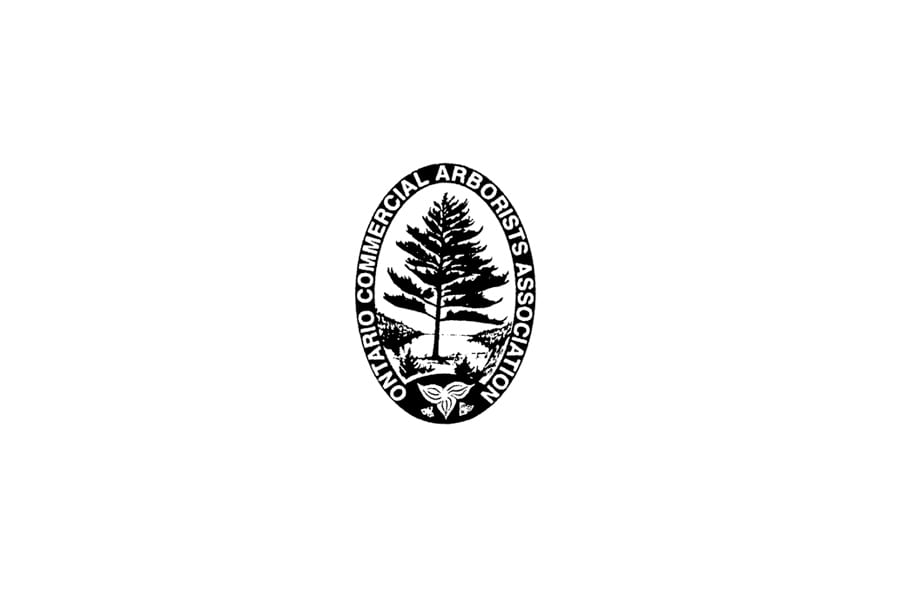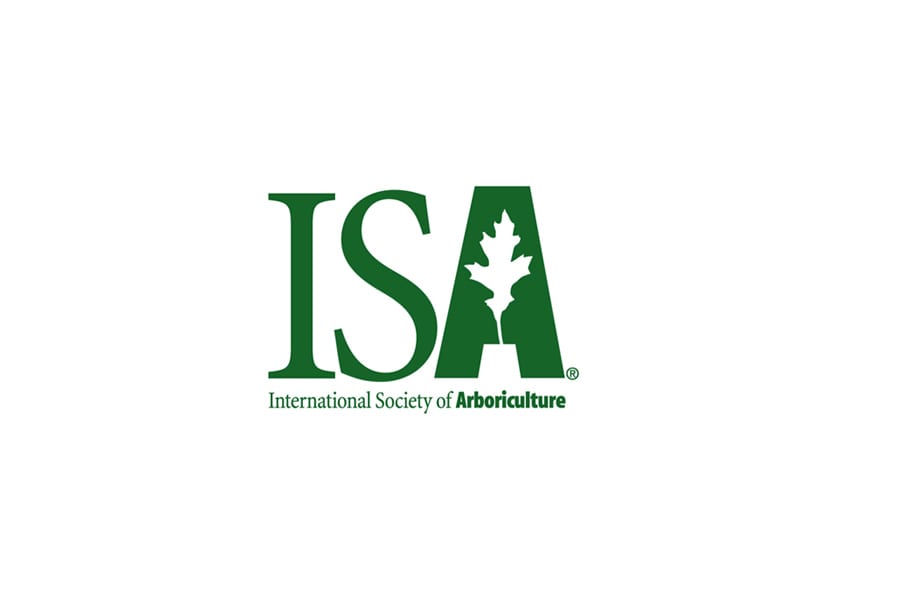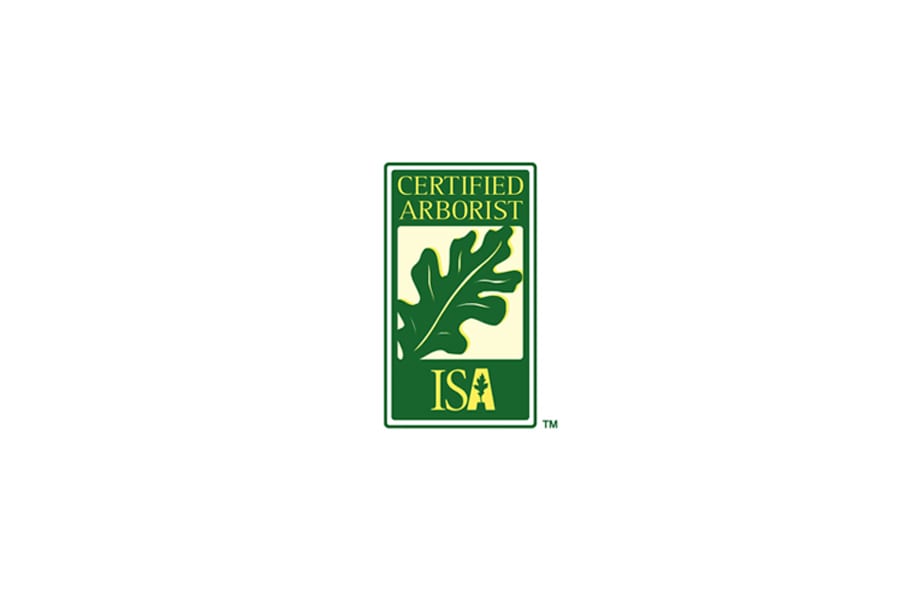The oak tree is commonly used as a symbol or emblem of strength/endurance and it has even been selected as the national tree of several countries including England, Germany, Poland, and the United States. In fact, references to an oak tree are often preceded by the word ‘mighty’.
Of course, the ‘mighty oak’ symbolizes that something is solid, unfailing, or invulnerable. Unfortunately, this perception or imagery is not reality for all species of trees or for trees of all ages. Sometimes, trees need some type of man-made support to help preserve their health and/or protect them from potential damage or injury.
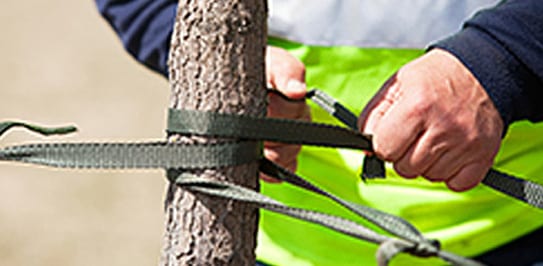

There are a number of internal and external factors that can compromise the health or structural integrity of any tree. These factors will include the following:
Internal
- Aging
- Type of wood
- Poor structure
- Weight of branches
External
- Lack of care
- Improper pruning
- Wind or storm damage
- Disease/insect infestation
Based on one or more of the above circumstances, trees can demonstrate the following signs that their health or strength is at risk:
- Broken or sagging branches/boughs
- Cracks in the trunk/at branch junctions
- Partially uplifted roots near ground level
- Listing to one side (uneven weight distribution)
- Swaying during high winds (top-heavy crowns)
- Creaking/cracking sounds under weighty snow/ice
When such situations exist or become evident, a professional tree services provider like DreamWorks Tree Services can apply cabling and bracing techniques for purposes of tree health preservation and/or damage prevention. The utilization of one method versus the other can be delineated as follows:
Cabling
- Commonly used in the canopy of tree
- Steel cables are installed between major branches
- Structural stress is redistributed among these branches
- Helps reduce potential damage from severe weather conditions
Bracing
- Most often applied in the lower portions of a tree
- Solid steel rods are inserted above/below damaged areas
- Helps fasten/secure cracks in the trunk or at branch junctions
- This method is customarily accompanied by the use of cabling
It is important to keep in mind that cabling and bracing should only be applied when it is determined that the tree is healthy and can indeed benefit from such structural reinforcement moving forward.






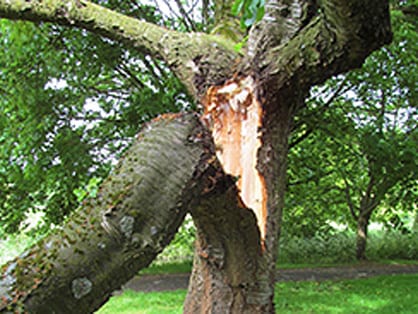 Cobra tree bracing is a unique and dynamic structural reinforcement technique used to offer support for trees. It is designed to be shock-absorbing and flexible, helping to enhance tree health without causing any damage.
Cobra tree bracing is a unique and dynamic structural reinforcement technique used to offer support for trees. It is designed to be shock-absorbing and flexible, helping to enhance tree health without causing any damage.
